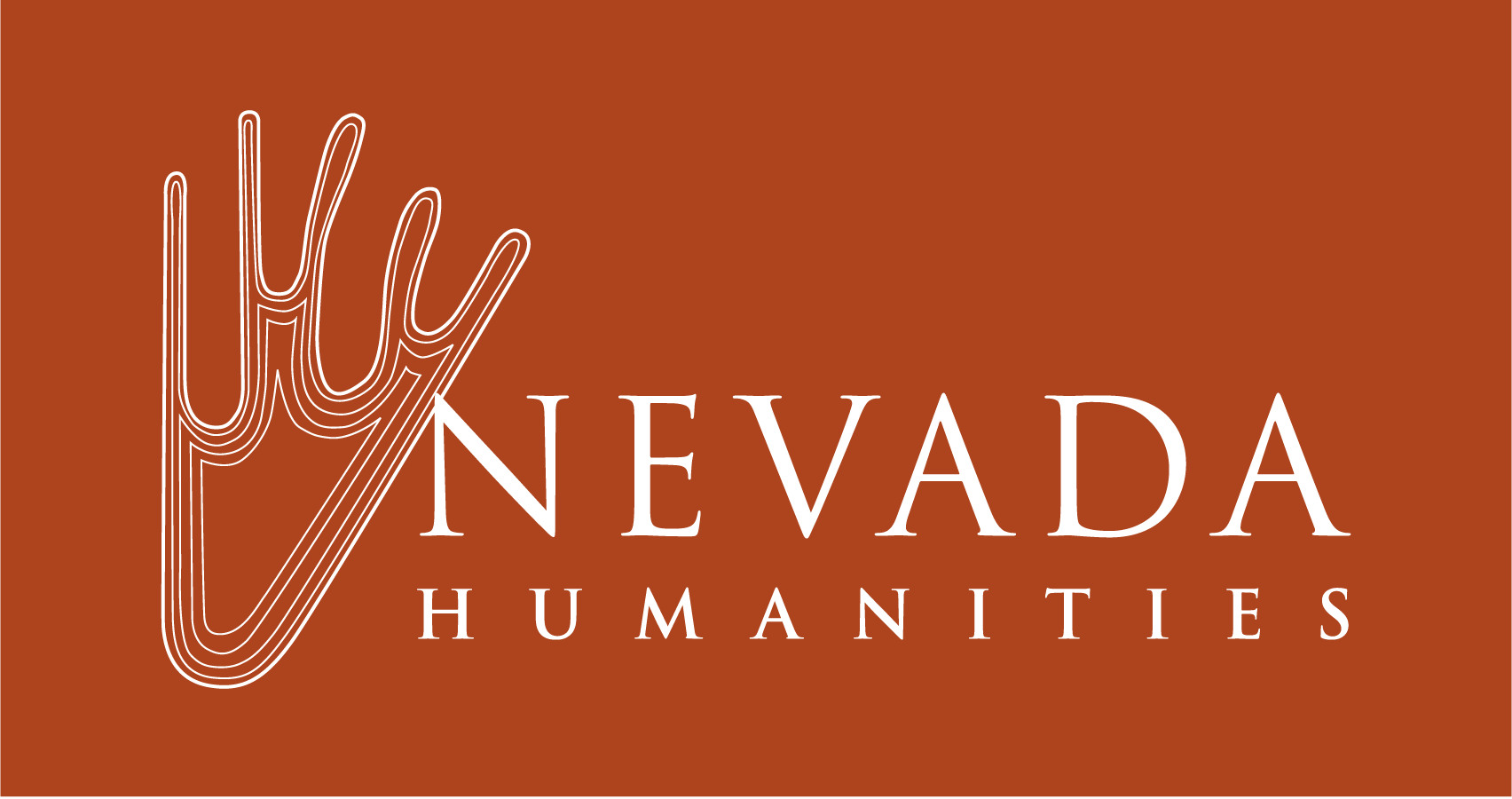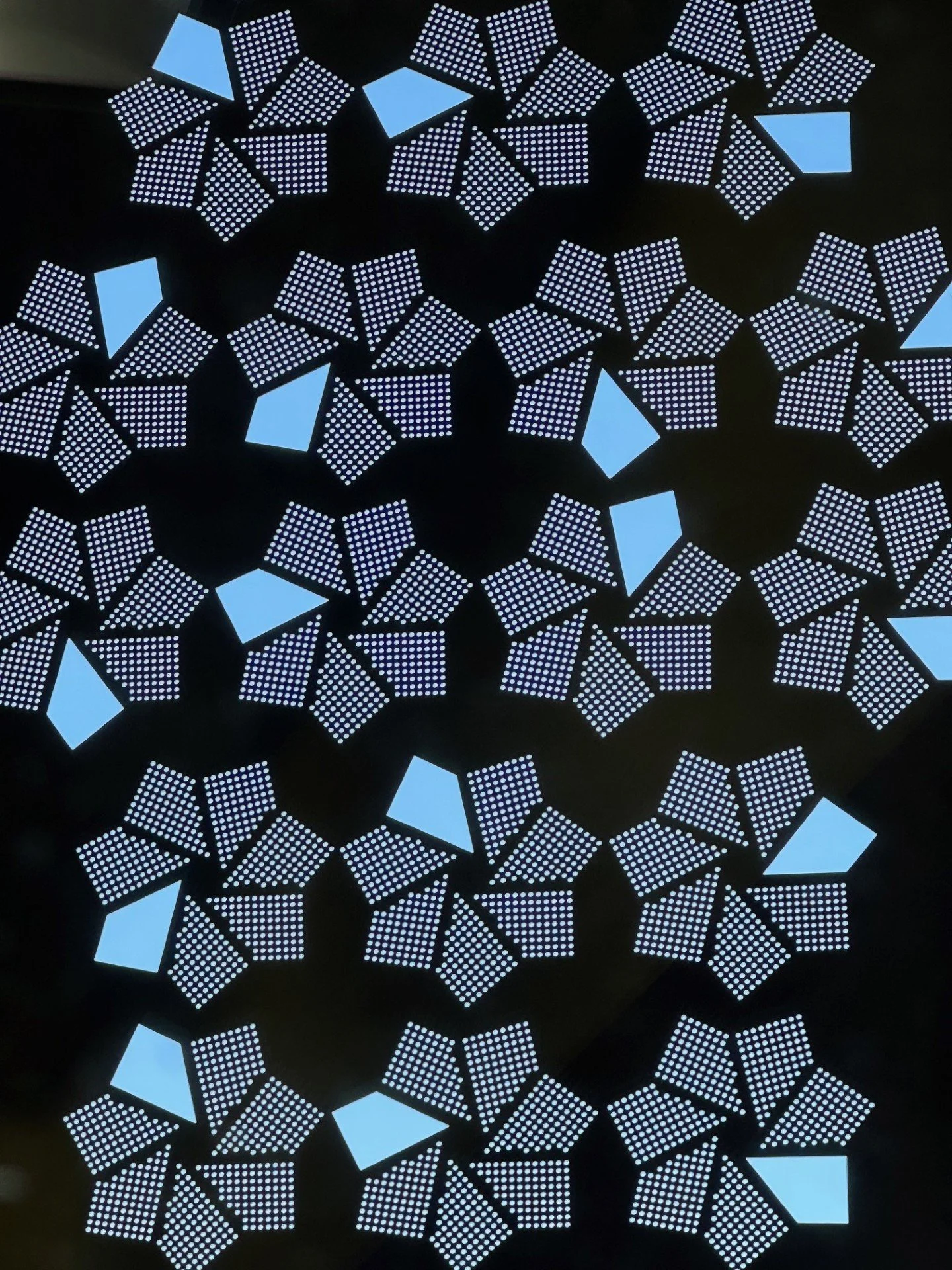On Teaching, Writing, and the Quiet Guilt of AI
This blog post is generously provided in kind by Dakota DeFiore. The Double Down blog is also supported by Nevada Humanities’ donors.
By Dakota DeFiore
Image courtesy of Dakota DeFiore
In the early 2000s when I first trained in pedagogy, technology and education were just beginning to solidify their future-forward merger. Even at the time, I was told teaching completely without tech was too antiquated for the 21st-century learner. A professor of mine made an excellent point: “Why would we be irresponsible and ignore the emerging research?” And that stuck with me.
Currently, I teach writing and literature at the College of Southern Nevada where I work hard at upholding a promise I made to myself all those years ago: Regardless of how I feel about the way education changes, if I want to successfully reach a student, if I want to truly prepare them for the world beyond my classroom, my course content must constantly adapt to include what’s relevant, too.
This means, in my classroom, I don’t have to give up everything that came before. My courses still set expectations for students to put in the research and writing hours, to circle up as a community and have the meaningful and messy conversations about what we’re reading. But we also get creative, and we use digital literacy skills to better understand the English classroom and its processes. In composition and literature, I model AI as a tool for learning as frequently as I can, and I will continue to do so to the maximum capacity line—the line guided by integrity.
But I’ve hit a guilt wall lately, of sorts. Despite using technological tools to the creative extreme in these courses, and despite my service as the current chair of our department’s Educational Technology Committee, my creative writing approach stands in stark opposition. As an artist, I am extremely selective with my AI use; so far, I’ve only used it for things like synonyms, or to determine if I’ve situated a word correctly in context.
“Can I find a way for them to actually come out on the other side with skills and sentences they feel they can own?”
And because I am constantly researching this topic, I also understand the tempting power of AI for students: in seconds, an entire creative text. I ask myself all the time: Where’s the benefit in that?
Would it benefit my upcoming Introduction to Creative Writing students if I chose to go old-school-paper-workshop with the course design? Or, are my efforts better spent training them? To wrestle with language against the chatbot. To understand editing and proofreading enough to prompt the chatbot to work for them. Can I find a way for them to actually come out on the other side with skills and sentences they feel they can own?
It's your job as an educator to model for your students.
And so I will (perhaps a little begrudgingly), try my best to meld artistic and scholarly integrity for growth in the creative writing classroom. Though I’m not looking forward to growing pains, I’m excited to learn how to adapt craft and creative approaches into something consumable for the 21st-century student, the 21st-century writer, and even (we shall see how much) for the 21st-century creative.
Dakota DeFiore teaches writing and literature at the College of Southern Nevada. She serves as Education Technology Committee Chair for her department. She is also the Fiction Editor for Red Rock Review, CSN’s longstanding literary journal. A writer and mother of two, Dakota has called Las Vegas home since 2021. In her classroom, she explores the intersections of growth, storytelling, and community, always working to strengthen student confidence and foster better communication between worlds.


